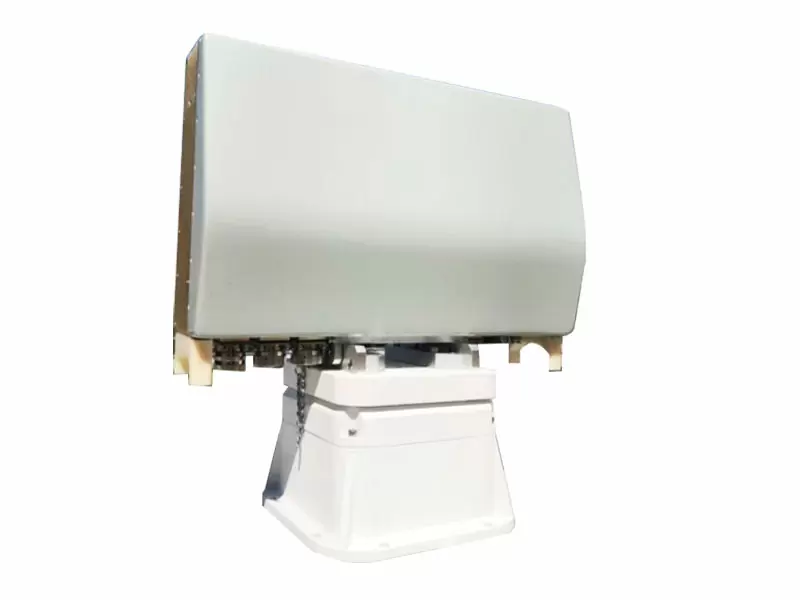Unmanned Aerial Vehicles (UAVs) have revolutionized industries and recreational activities, but their growing presence raises concerns about safety and security. Radar technology serves as a crucial tool for detecting and monitoring UAVs, ensuring airspace safety. In this blog, we will explore the types of UAVs that can be detected by radar, examining key factors that influence detectability and highlighting the capabilities and limitations of radar systems.

Radar Cross Section (RCS) and Size:
The size of a UAV directly affects its Radar Cross Section (RCS), which determines its detectability. Generally, larger UAVs have a higher RCS and are more easily detected by radar systems. However, advancements in miniaturization have led to smaller UAVs with reduced RCS, making them more challenging to detect.
Structural Materials:
The choice of materials used in UAV construction impacts their detectability. Metallic structures, such as aluminum or steel, tend to have a higher RCS due to their reflective properties. On the other hand, UAVs constructed with composite materials can reduce radar reflections, making them less easily detectable.
Wing Configurations:
Different wing configurations influence a UAV's detectability. Fixed-wing UAVs, with their larger surface area and distinct shape, have a higher RCS and are more easily detected by radar. In contrast, rotary-wing UAVs, like quadcopters or hexacopters, have a smaller RCS due to their compact design and rotating blades.
Flight Altitude and Speed:
The altitude and speed at which a UAV operates play a significant role in its radar detectability. UAVs flying at higher altitudes are more likely to be detected as they fall within the radar's range. Additionally, faster-moving UAVs create stronger Doppler shifts in radar signals, making them more detectable.
Radar Frequency and Technology:
Radar systems operate at different frequencies, each with its advantages and limitations in detecting UAVs. Lower-frequency radars, such as L-band or S-band, are effective at detecting larger UAVs with higher RCS. Higher-frequency radars, such as X-band or Ku-band, can detect smaller UAVs with lower RCS but may have limitations in range and weather conditions.
Stealth Technology and Countermeasures:
UAV operators are increasingly employing stealth technology and countermeasures to reduce their detectability by radar. These measures include radar-absorbing materials, frequency hopping, and jamming techniques. Radar systems need to continuously evolve to overcome these countermeasures and maintain effective detection capabilities.
Radar technology plays a critical role in detecting UAVs and ensuring airspace safety. The detectability of UAVs by radar depends on factors such as size, structural materials, wing configurations, flight altitude, speed, radar frequency, and countermeasures employed. By understanding these factors, we gain insight into the capabilities and limitations of radar systems in detecting different types of UAVs. As UAV technology advances, radar systems will continue to evolve to meet the challenges posed by stealth measures, ensuring a safer and more secure airspace for all.
As a leading manufacturer of anti-drone radar systems, we pride ourselves on our expertise and cutting-edge radar technology. With a dedicated team of research and development professionals, we have established ourselves as industry leaders in the field. Our radar solutions not only encompass anti-drone capabilities but also include a range of other radar applications.
To learn more about our radar solutions and explore the details of our advanced technology, we invite you to visit our website. Discover how our professional team and state-of-the-art radar technology can meet your specific needs and contribute to a safer and more secure airspace environment.

